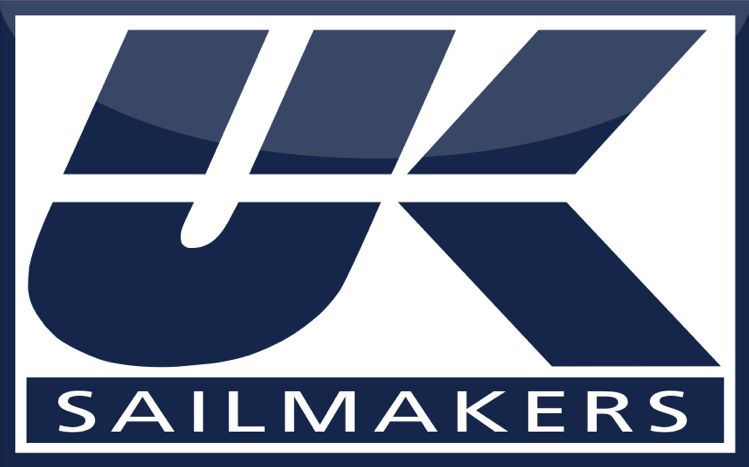Think of “leverage” and its fleeting nature this way: you buy a stock at a low price and it goes up. Rather than selling it for a comfortable profit, you hold it in the hope that it will grow higher. Instead its price drops and your potential gain (leverage) evaporates.
When we talk about leverage on a racecourse, we’re usually talking about location-based, tactical situations where you may have more pressure, a better angle, the ability to cross other boats, or you’re protecting a lead. Leverage is nothing but figuring the risk-to-reward ratio. The farther you are from a competitor, the more potential leverage there is. Leverage is something that's good to have when you are behind, and bad to give away when you are ahead. Remember, leverage does not mean going for the big Kahuna every time -- make small investments that pay off in one or two boatlength gains instead of trying to pass the whole fleet at once. If your small gamble fails to pay out, you won't lose your life's savings.
Here are two examples: Say the wind is oscillating and you’re on starboard well ahead but to leeward of the other boats. You get a major header before it reaches the others. You’re now bow-down and, by tacking, you could make up windward distance on the fleet sailing a relatively higher angle on port. Do you tack and cross the competitors and consolidate your position or do you wait for an even bigger header? Unless you see evidence of more header coming, the odds would say to tack and consolidate your position.
Here’s an example of lost leverage that occurred in the race I sailed last Thursday night on my 40-footer SOULMATES. There was only one other boat in our class, which was the XP44 PHANTON. SOULMATES lead at the top mark. While sailing downwind, SOULMATES ended up getting luffed way above the course. It took a while roll over the boat that started ahead of us, but while were sailing above the course PHANTON had pulled even and to leeward. She was on the rhumbline 10 or more boatlengths to leeward. That gave Phantom the lead and leverage. But instead of reaching up to sail faster while we had to sail more downwind and slower, PHANTOM kept sailing directly to the mark.
Much of her leverage evaporated when we got an unexpected wind shift that knocked us 30 degrees. That shift allowed us to sail right at the mark on a fast reach. While the shift didn’t last until we got to the mark, it allowed us to consolidate a lot with Phantom – we reduced her leverage by more than 60 percent. When we got near the three-boatlength zone at the leeward mark, PHANTOM was overlapped to leeward and called for mark room. When we turned up to give her room, we accelerated and ended up blocking PHANTOM’s wind. She slowed down and we were able to round clear ahead. We kept that lead on the final one-mile fetch to the finish line. For PHANTOM, the price of her stock went up...then unexpectedly fell.
We’ve all been in leverage decision situations like this and it’s always a tough call whether to consolidate or go for the bigger win. Over the long haul, cash in you leverage when you can. Don’t go for the big, killer move and fail; rather, use leverage to gain a few boat lengths at a time and avoid the risk of going from hero to zero. It's better to take an early gain than to be greedy and wait for more.
